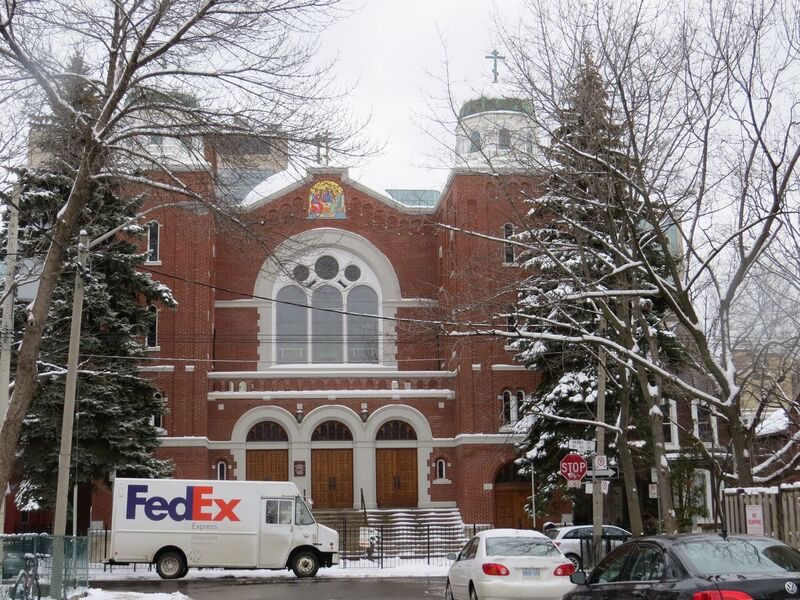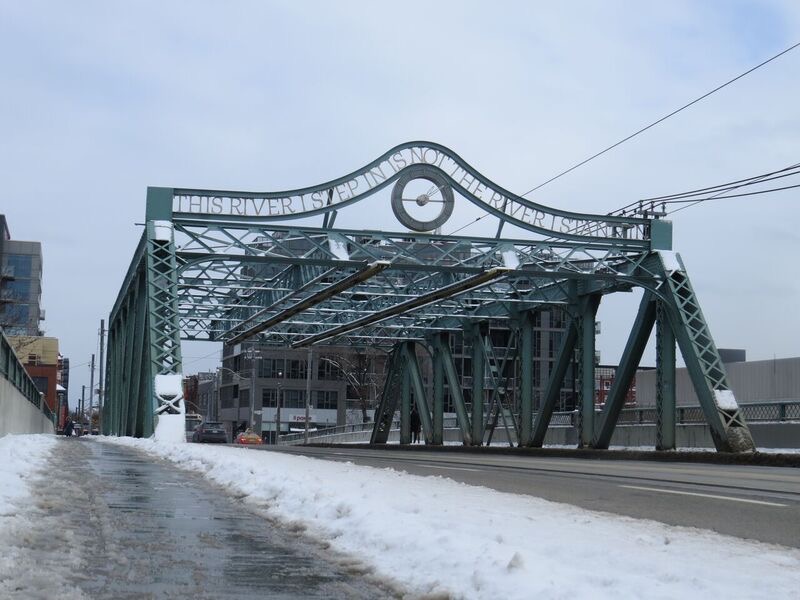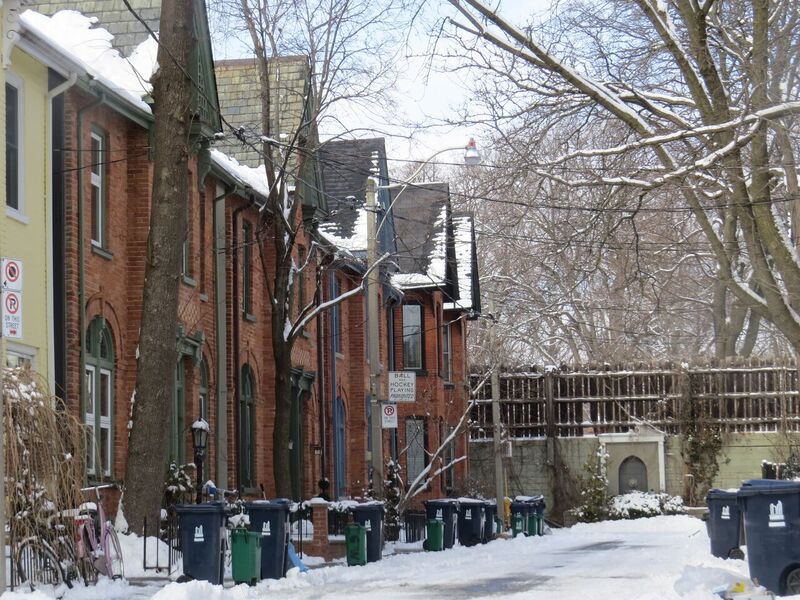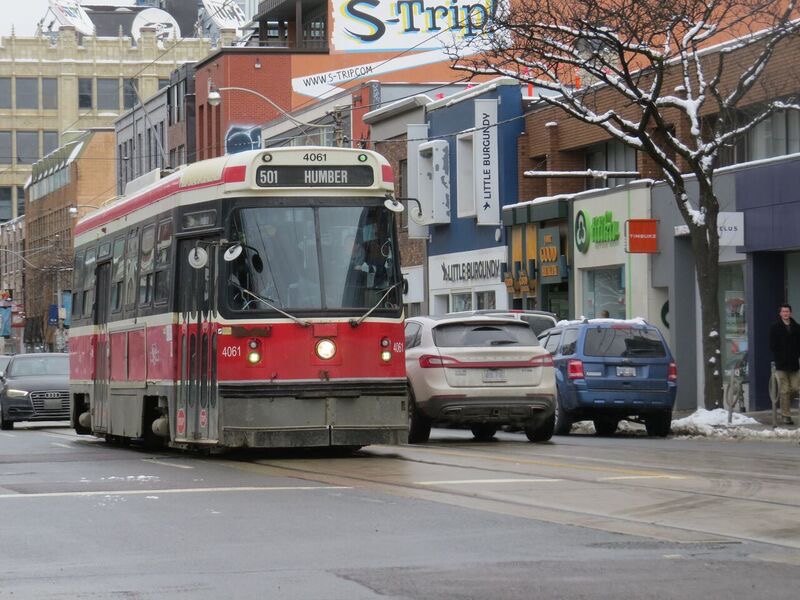Playing the city
Our thriving metropolis sets the scene in popular culture
Canadian literature has been long defined by the stories of rural Canadians. The struggles of living off the land, or dealing with small town gossip are common themes of some of Canada’s most notable works of fiction, from Montgomery’s Anne of Green Gables to Leacock’s Sunshine Sketches of a Little Town. Yet in the latter half of the twentieth century, a transition towards creating fiction more Canadians could relate to began. With 80 per cent of the nation living in cities, a genre of urban literature documenting the struggles and stories of city dwellers was waiting to be born. By the early 2000s, a vast array of films, books, and plays that dramatized the portrayal of the grit and beauty of Canadian city life was well on its way to eclipsing its rural predecessor. Through this transition, Toronto has quickly become a theatre of social interactions, and the setting for some of Canada’s most popular stories. Hogtown’s rolling street cars, needle tower, and unique multicultural districts are now iconic pillars in cult classics, poetic novels, and passionate monologues.

Most Torontonian’s consider it common knowledge that our city is often disguised in films and on television as other North American capitals. Frugal producers find Toronto’s business district remarkably similar to the landscapes of cities like Chicago or New York. In fact, while walking down Bay Street it is not uncommon to pass New York-style yellow taxis, or crews creating the world of the legal drama Suits. There was even an incident in the 80s when Toronto City Hall played the image of an alien civilization in an episode of Star Trek. Toronto, however, is best on film when she plays herself.

Not only do films set in unmasked Toronto have the benefit of using the drone of our streetcars to fill moments of silence, but the city also allows the telling of the raw story of urban experience. Even through purely fictional stories like the gruesome cult horror film Videodrome, the violence and sexuality of city life plays a role. In the 1997 film, Last Night, the sociology of the city is examined while humanity awaits the end of the world. More modern scenes set in Toronto include glossy cop shows like Flashpoint and Rookie Blue, where aerial shots of the CN Tower, often overlaid with the buzz of a police radio, are a common feature in almost every episode. The F-Word starring Daniel Radcliffe, is another example of something exclusively Torontonian, as the plot’s mismatched love story plays out in Riverdale cafes and College Street theatres. Even today, emotion and realism remain in Toronto films. Down the Road Again, which chronicles the lives of two east-coasters who arrive in the city seeking work, reflects a common history of domestic immigrants to the city. Indeed, in one of my favourite films, Toronto Stories, four characters struggle with urban lives defined by mental illness, homelessness, and domestic abuse.
The urban experience plays an important role in literature staged in Toronto as well. Historical fictions document forgotten stories of Toronto’s past urbanism. Ondaatje’s In the Skin
of a Lion describes the romance between two immigrant city builders in the 1920s, and Garner’s Cabbagetown recounts slum life through the Depression.

The struggle of immigrants and racial tensions within an increasing multicultural city are another common theme in many Toronto fictions. A trilogy of novels by Austin Clarke, which begins with the book The Meeting Point, follows the life a Barbadian domestic servant who facesa series of racial dilemmas while employed by a Forest Hill couple. Toronto fiction, however, is perhaps no better encapsulated than by the plot of Helwig’s Girls Fall Down. Written by a local Anglican Mister, Girls Fall Down is a captivating narrative that follows the city’s reaction to a series of apparent terrorist attacks while dealing with themes of public health, space and multiculturalism. The books thorough attention to geography also makes it possible to map the characters’ journeys from Sneaky Dees to Parkdale, to intersections like Broadview and Danforth.
Although they are the most popular of Toronto’s fictional works, novels and movies do not have a monopoly on narrating life in the city. Recent theatrical works, including the very popular play, Kim’s Convenience, do an excellent job of recounting the issues facing Torontonians. In Kim’s Convenience, a Korean family struggles to keep their family convenience store open against the forces of gentrification. In Toronto the Good, racial politics in the city are examined against the lives of a series of lawyers. In The 501: Toronto in Transit, numerous interactions between city-dwellers are recounted while they ride along the longest street car route in the world.
The struggles of the urban experience and Toronto’s landscape do not go unnoticed in the numerous stories set in the city. Familiar landscapes and relatable narratives make fictions set in the mega city particularly intriguing for Toronto audiences. There are hundreds of movies, television shows and novels set in Toronto, just waiting to be explored.
